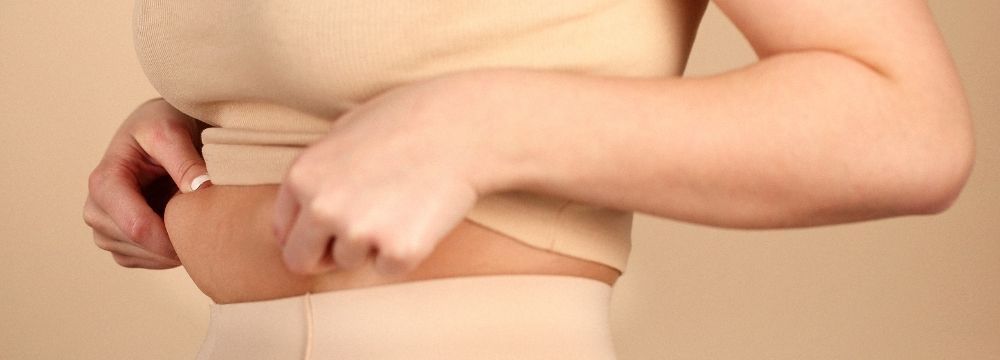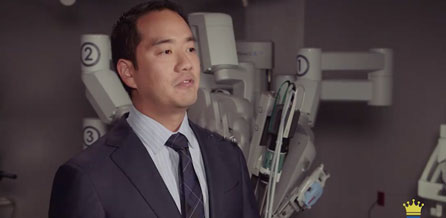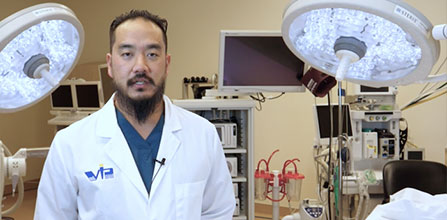What Will Happen to My Skin After Weight Loss Surgery?

With significant weight loss comes excess skin. This can be even more so with the rapid weight loss after bariatric surgery. If you’ve done any research about weight loss surgery, you’ve probably seen some stunning photos of people with large amounts of excess skin. If you consider weight loss surgery, the fear of unsightly loose skin may make you nervous. Loose skin can indeed be both physically and emotionally uncomfortable to deal with. Read on to learn more about changes you can expect in your skin.
First, we must understand the structure of our skin. The innermost layer of our skin comprises collagen (which provides structure and firmness) and elastin (which allows for elasticity and bounce). Our skin is designed to naturally expand with body changes such as childhood growth and pregnancy. However, our collagen and elastin can become damaged if our skin has been significantly stretched for a long time due to obesity. Then, when we rapidly lose weight, our skin cannot return to its former size. The result is excess, loose skin.
Excess skin can be problematic. It can be uncomfortable to carry around, especially during more intense exercise. Loose skin can be painful during running or jumping. It can also lead to irritation where skin lays on top of other skin. The moisture and warmth in those folds are the perfect environments for infections. Excess skin can also take a mental toll. It can lead to poor body image and a negative self-concept.
Your skin can repair itself to a degree. So, don’t worry that the loose skin you have right when you hit your weight loss goal will always be there. Over time, it WILL get better. How much better? That’s hard to say. The ability of the skin to repair itself depends on a lot of factors – genetics, age, the amount of weight lost, etc.
So, what can we do to give our skin its best chance to firm up? Look for skincare products that speed up skin cell turnover. These products will trigger your body to produce newer, younger, healthier skin cells faster than usual. Look for retinoid products (retinol, tretinoin, Retin-A, vitamin A). They should be in packaging that protects the product from light (no clear bottles) and air (no jars). This packaging will prolong the life and potency of the retinol. If you’re going to spend money on it, it might as well work, right? Retinols can be irritating to the skin when you first start using them. So, start with lower concentrations and work your way up.
There are also higher-tech (and higher price tag) options you can look into. Microneedling, IPL, Fraxel Laser, Radiofrequency, and Ultrasound treatments can help rebuild collagen and elastin. These procedures usually must be performed by a doctor or nurse and can leave your skin irritated for a day or two. But, with that higher price tag and day of redness come some great results!
Surgery is the most expensive and effective option for dealing with excess skin. There are specific surgeries for common problem areas (tummy, inner thighs, upper arms, neck, etc.). Make sure to research to find a reputable surgeon who has experience with excess skin removal. Be prepared for a steep price tag. These surgeries are usually considered elective and therefore are not covered by insurance. Prices can quickly go into the tens of thousands. Be prepared for significant downtime too. Although it can be easy to bounce back after weight loss surgery, skin removal surgery can have you in recovery for weeks.
Of course, some people may be fine with their loose skin. They may view it as a badge of honor – a tangible reminder of their hard work and all they’ve accomplished. If anything, these people may choose to wear clothing that minimizes the appearance of loose skin. Choosing clothing that covers the upper arms, midriff, and upper thighs is usually all that’s needed.
As you can see, there are a wide variety of home, professional and surgical options to combat loose skin. It’s up to you how much it bothers you (if at all) and what strategy will be the best fit for your lifestyle.



